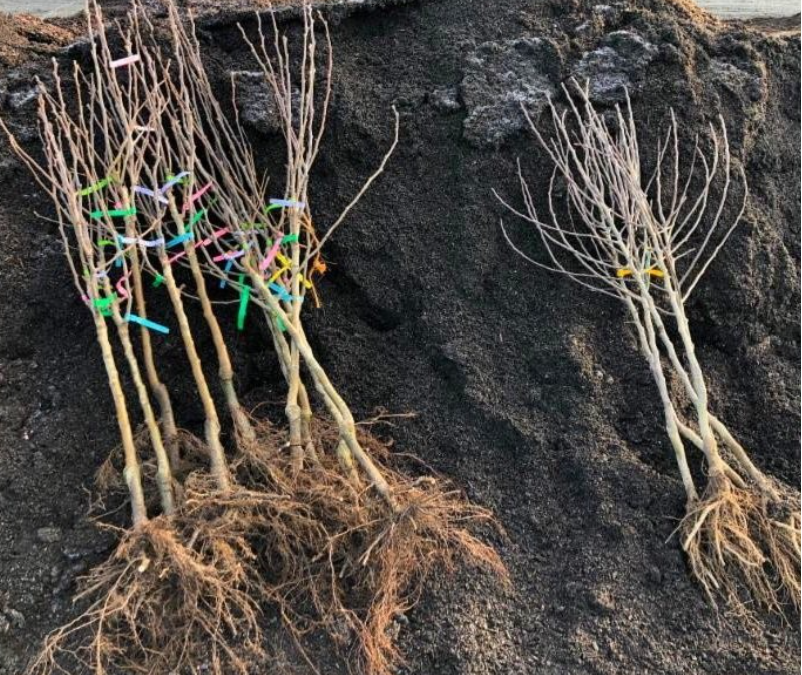Winter is the Best Time for Planting: Leaves of all colors are falling from the trees, most flowers have frozen, and the garden may look dead. The weather is dark and rainy, and you may not be dreaming of spending time working outside. So why is winter the best time for planting?
During the spring and summer, plants convert sunlight into energy through photosynthesis. As daylength shortens, plants start moving these sugars and carbohydrates from the leaves down to the roots to nourish the plant for the winter months. Those stored sugars will provide energy for new spring growth, but they also act as antifreeze to protect the plants’ structures from damage during freezing weather. When plants are dormant, they don’t go through transplant shock. We don’t have to worry about keeping them watered because our winter rains take care of hydration. Dormant plants are unaware that they are being moved to a new location, and they wake up ready to adapt to their new home with the return of warmth and long days.
Winter is the best time for moving and planting “bare-root” plants. They can be lifted from the ground, stored damp and cool, and planted again without stress. Because they don’t need to be potted and tended, bare-root plants are generally less expensive than potted plants. Bare root plants don’t have leaves, so they may look dead. They may look like a stick attached to an octopus. But remember, they’re just sleeping! Every year we buy hundreds of bare-root trees and shrubs for our restoration projects. All of our local Conservation Districts have a very affordable winter native plant sale. King Conservation District’s Native Plant Sale opens November 15. Pierce, Snohomish, Skagit, and other Conservation Districts also have winter plant sales with slightly different offerings. But order early because they do sell out!


Recent Comments